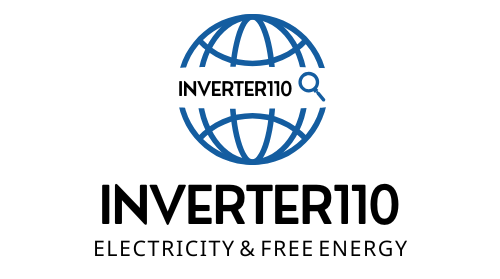Electric generator with magnets , also known as dynamos or alternators, are intricate machines that transform mechanical energy into electrical energy. They are widely utilized in power plants to generate electricity, as well as in portable generators and vehicle alternators. To comprehend the workings of electric generators, let us delve into the complexities of their fundamental components and the principle of electromagnetic induction.
An electric generator consists of two essential components: a rotor (or armature) and a stator. The rotor is a rotating component that is typically equipped with a set of electromagnets or permanent magnets. The stator, on the other hand, is a stationary part that surrounds the rotor and contains a series of conductive coils.
Electric generators operate on the principle of electromagnetic induction, which was discovered by Michael Faraday in the 19th century. According to this principle, a changing magnetic field induces an electric current in a nearby conductor. When the rotor is connected to a mechanical power source, such as a steam turbine, a water turbine, or an internal combustion engine, it generates a changing magnetic field around the conductive coils of the stator.
As the magnetic field produced by the rotor passes through the conductive coils of the stator, it induces an electric current in the coils. The coils are typically made of copper or aluminum wire, which are excellent conductors of electricity. Most electric generators produce alternating current (AC), which means that the direction of the current changes periodically, oscillating back and forth. In an AC generator, the changing magnetic field induces an alternating voltage and current in the stator coils.
In power plants, the generated AC current is synchronized with the electrical grid’s frequency to ensure a stable power supply. Voltage regulation mechanisms, such as automatic voltage regulators (AVRs), are used to maintain a consistent voltage level. The AC output from the generator is then transmitted through transformers to increase the voltage for efficient long- distance transmission. It is then distributed to consumers via power lines, where it can be used to power various electrical devices and systems.
It is worth noting that some generators, such as those in automobiles, use direct current (DC) instead of AC. The basic principle of electromagnetic induction still applies, but the output is in the form of a direct current, which is then converted to the appropriate voltage level using additional components.
In conclusion, electric generators are intricate machines that convert mechanical energy into electrical energy. Their construction and operation can vary depending on the specific design, size, and application. However, the principle of electromagnetic induction remains the same, and it is this principle that enables electric generators to power our homes, businesses, and industries.
How To Make 220 Volt Electricity Generator
The creation of a 220-volt electricity generator utilizing magnets and transformers is a complex process that requires meticulous attention to detail in various aspects, including design, materials, and safety. If not executed correctly, the construction of such a generator can be hazardous. It is crucial to note that the construction of electrical generators necessitates advanced knowledge and expertise in electrical engineering.
Nevertheless, I can provide you with a high-level summary of the fundamental principles involved in constructing a generator. It is important to keep in mind that this summary is simplified, and it is imperative to seek advice from experts or professionals before attempting to construct your own generator.
Outlined below are the general steps involved in constructing a generator:
Design the generator: Determine the specifications of the generator, such as the power output, desired voltage (220 volts), and frequency. Consider factors such as the number of coils, wire gauge, and magnetic field strength required for efficient generation.
Acquire materials: Collect the necessary components, such as magnets, a soft iron core, copper wire, insulating materials, and a transformer suitable for your voltage requirements.
Construct the stator: Build the stator, which is the stationary part of the generator. It typically consists of a soft iron core with multiple evenly spaced coils of copper wire wound around it. The number and arrangement of coils depend on the desired output.
Build the rotor: Create the rotor, which is the rotating part of the generator. Attach powerful magnets to a spinning shaft. The magnetic field generated by the magnets will induce an electric current in the stator coils.
Connect the stator to a transformer: Connect the output of the stator coils to a suitable transformer. The transformer will step up the voltage to your desired level, such as 220 volts.
Ensure safety measures: Ensure that you have proper insulation and grounding to prevent electrical shocks and fires. Implement safety features such as circuit breakers and protective enclosures.
Test and troubleshoot: Once the generator is assembled, carefully test it while taking all necessary safety precautions. Monitor the voltage output, load capacity, and overall performance. Troubleshoot any issues that arise.
It is important to remember that this is a simplified overview, and constructing an actual generator involves intricate electrical calculations, precise construction techniques, and adherence to safety standards. It is strongly recommended to consult experts or professionals in electrical engineering before attempting to construct your own generator.

I gained useful knowledge from this.